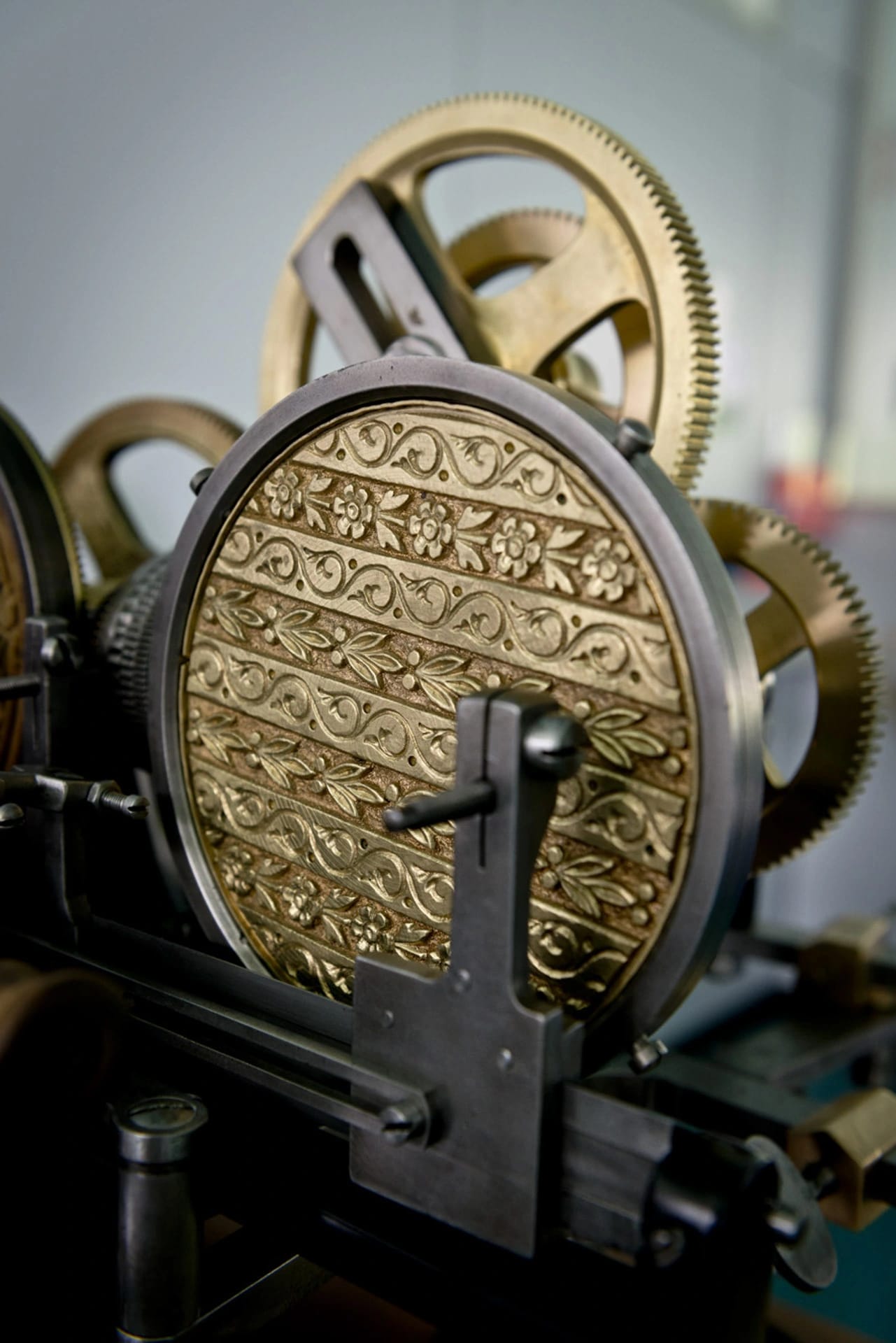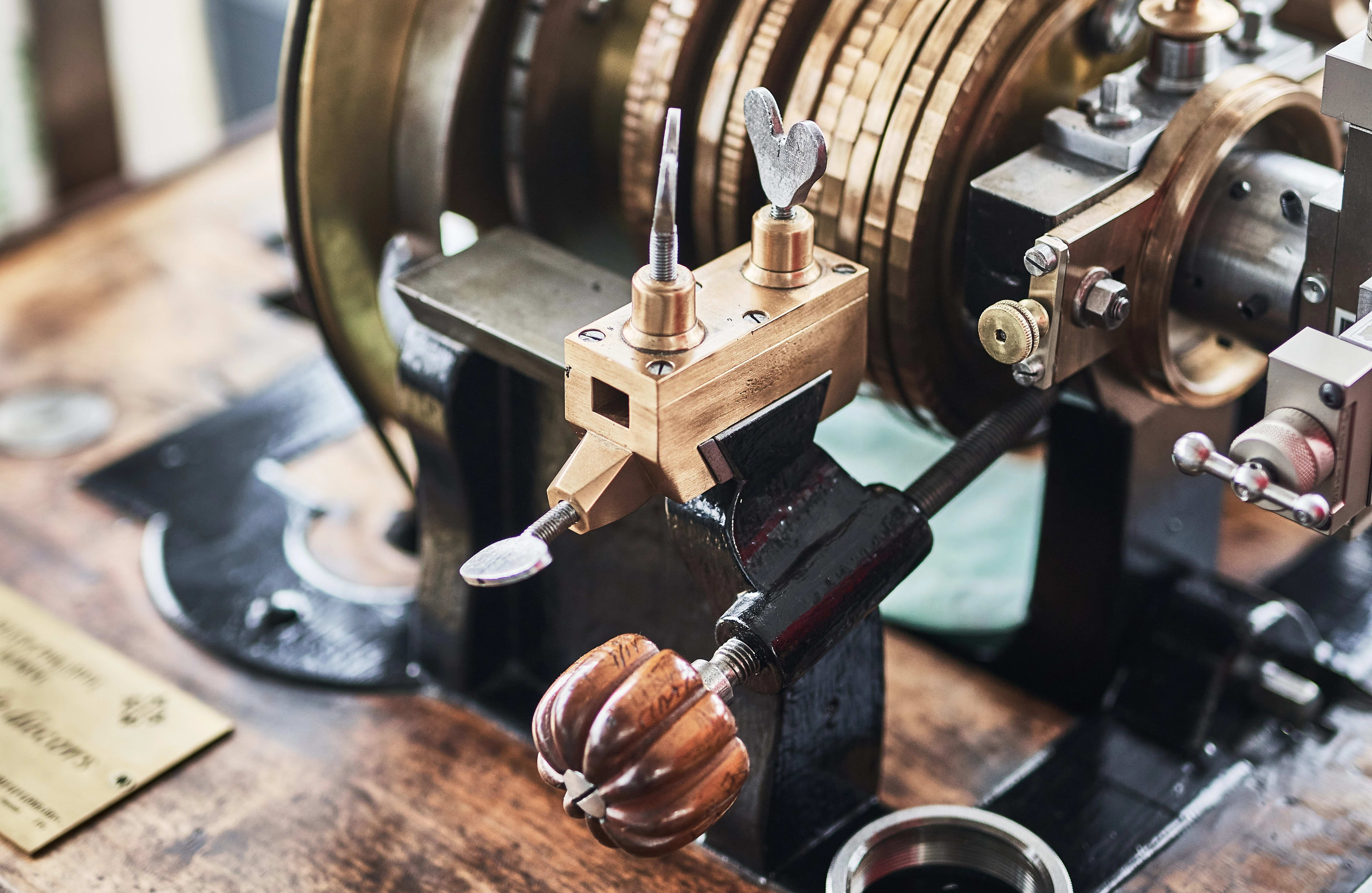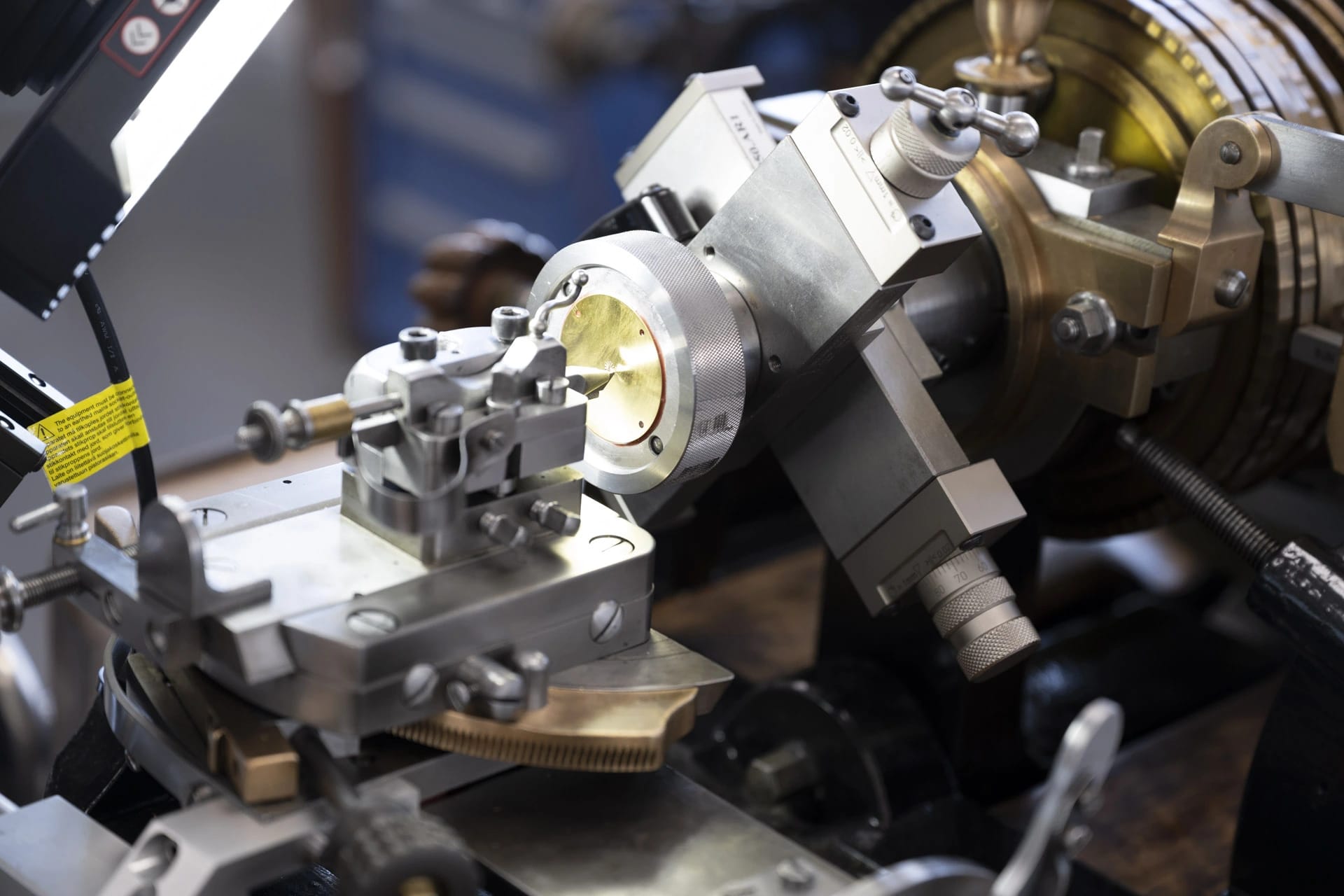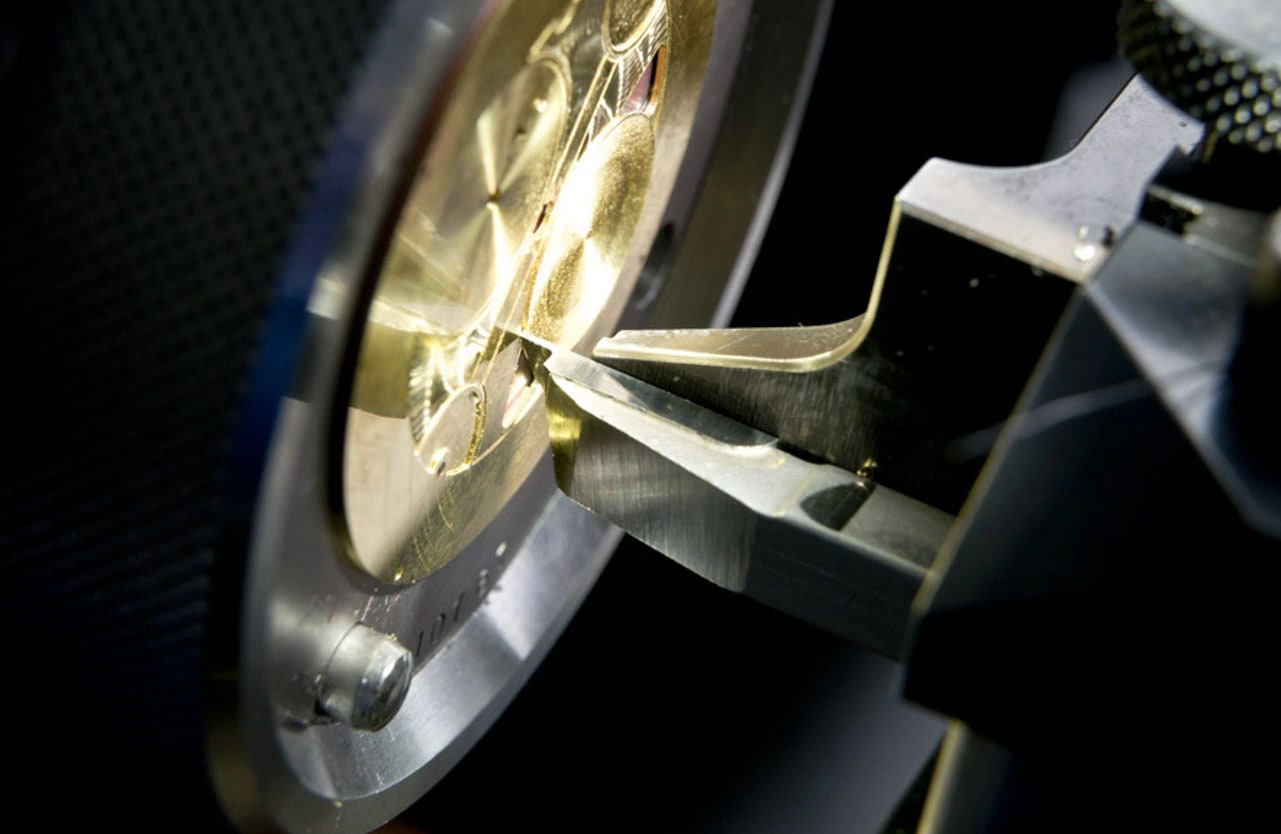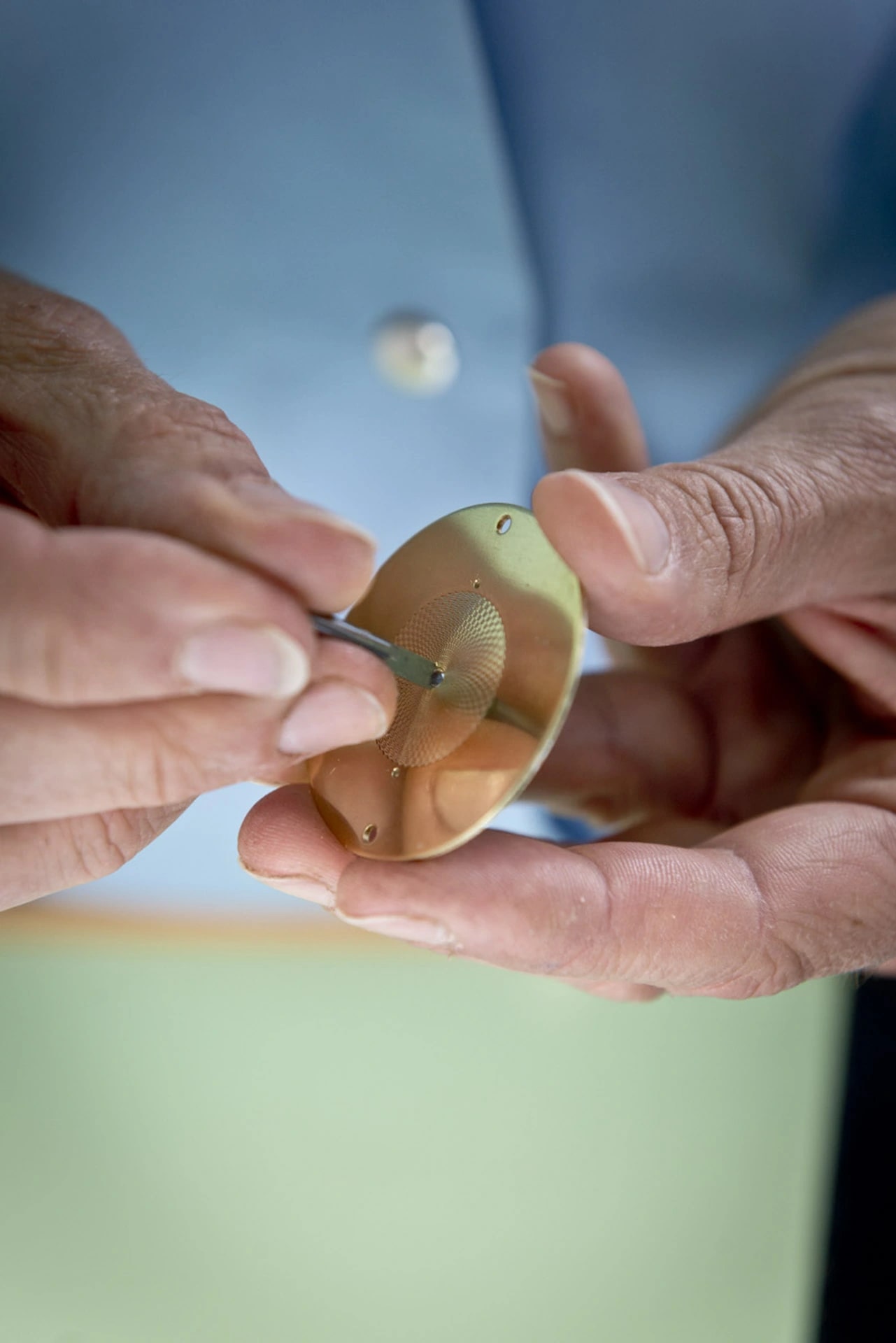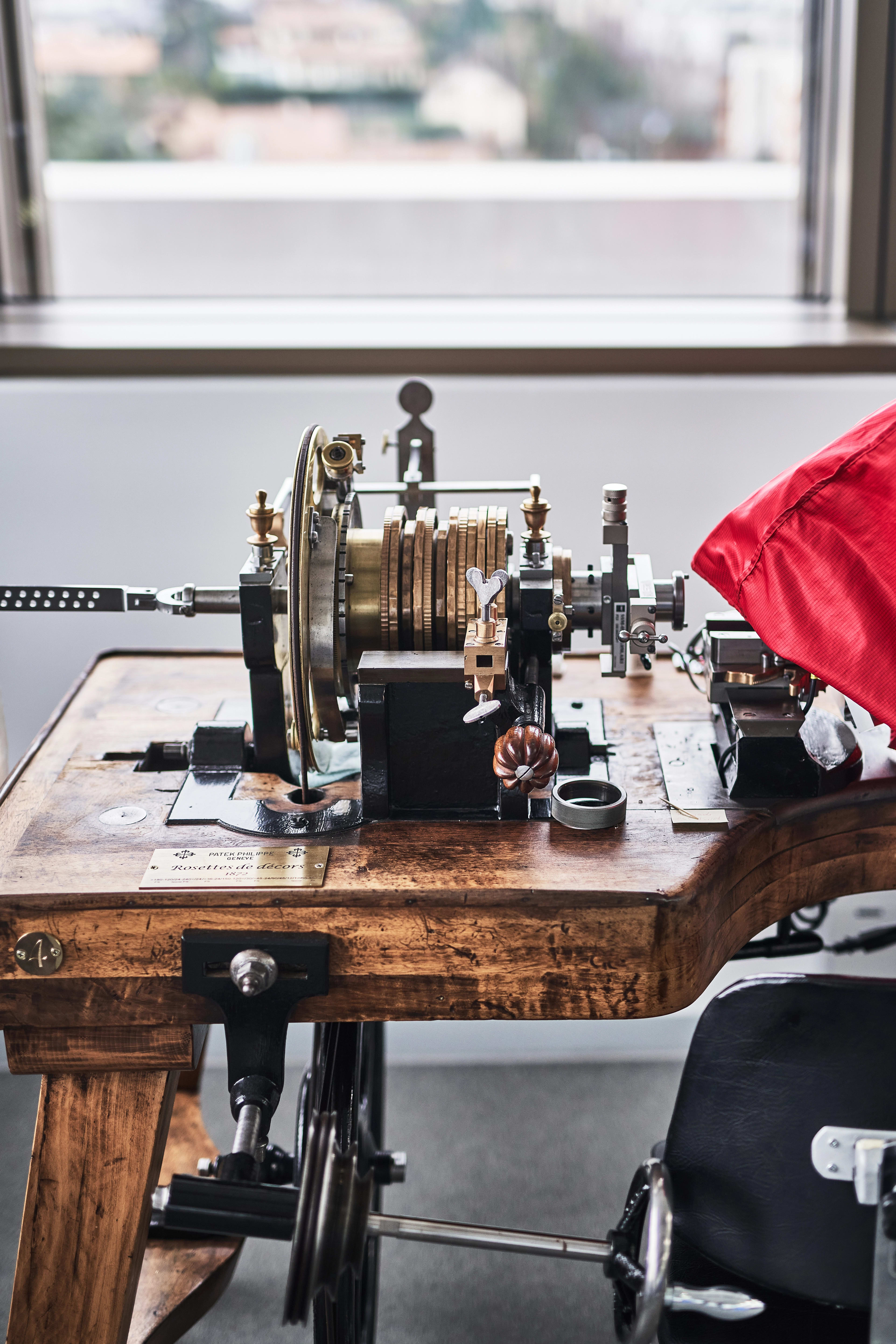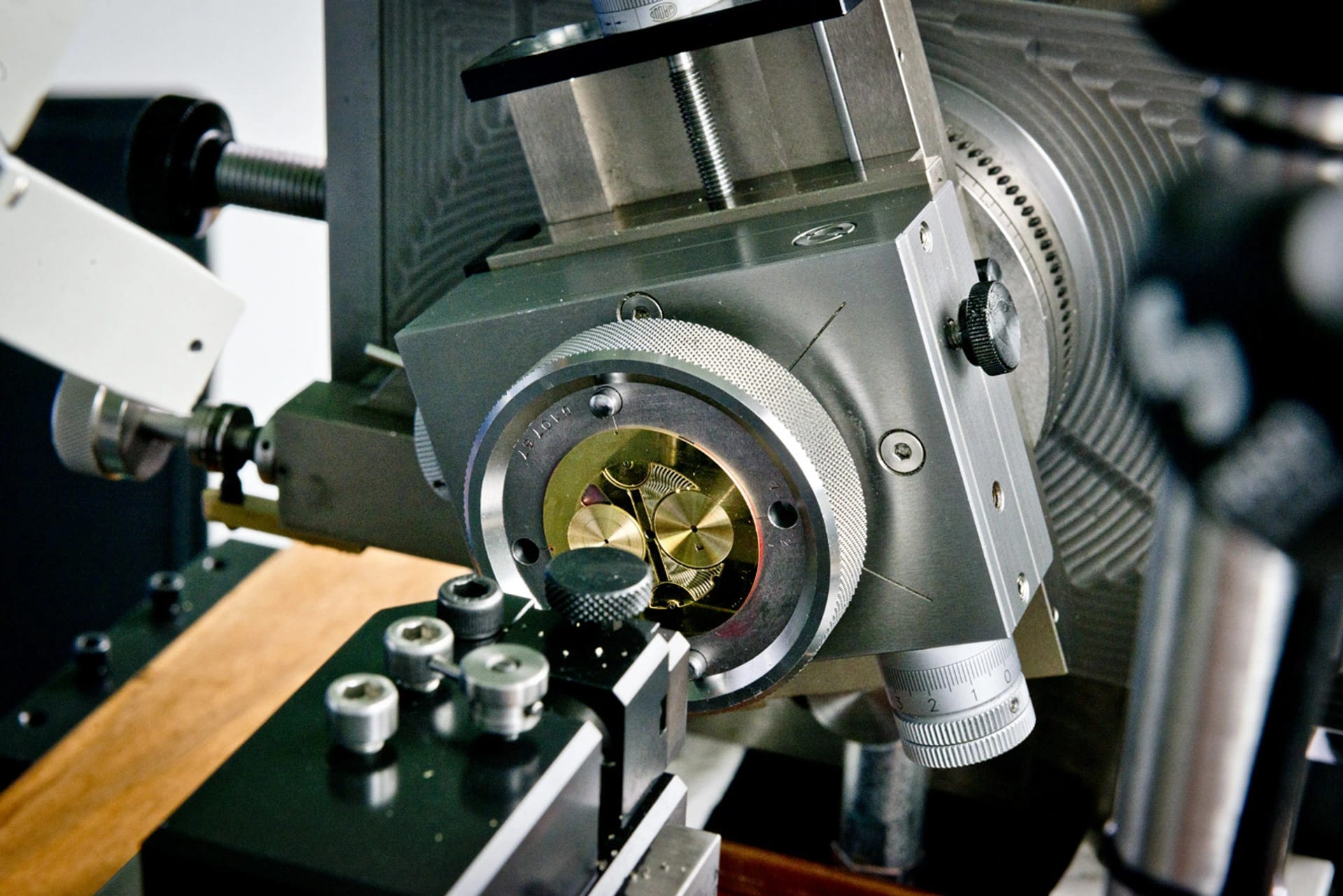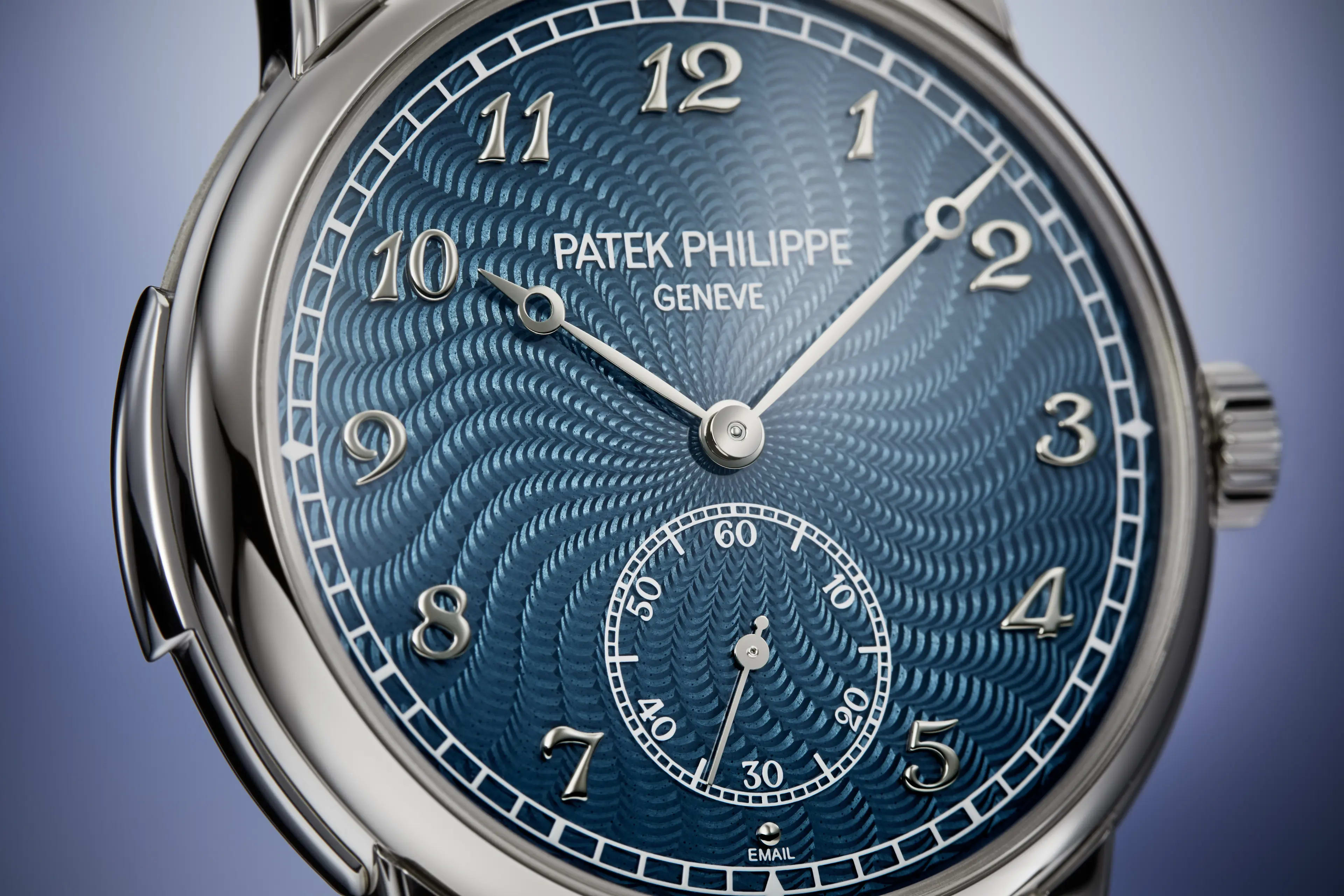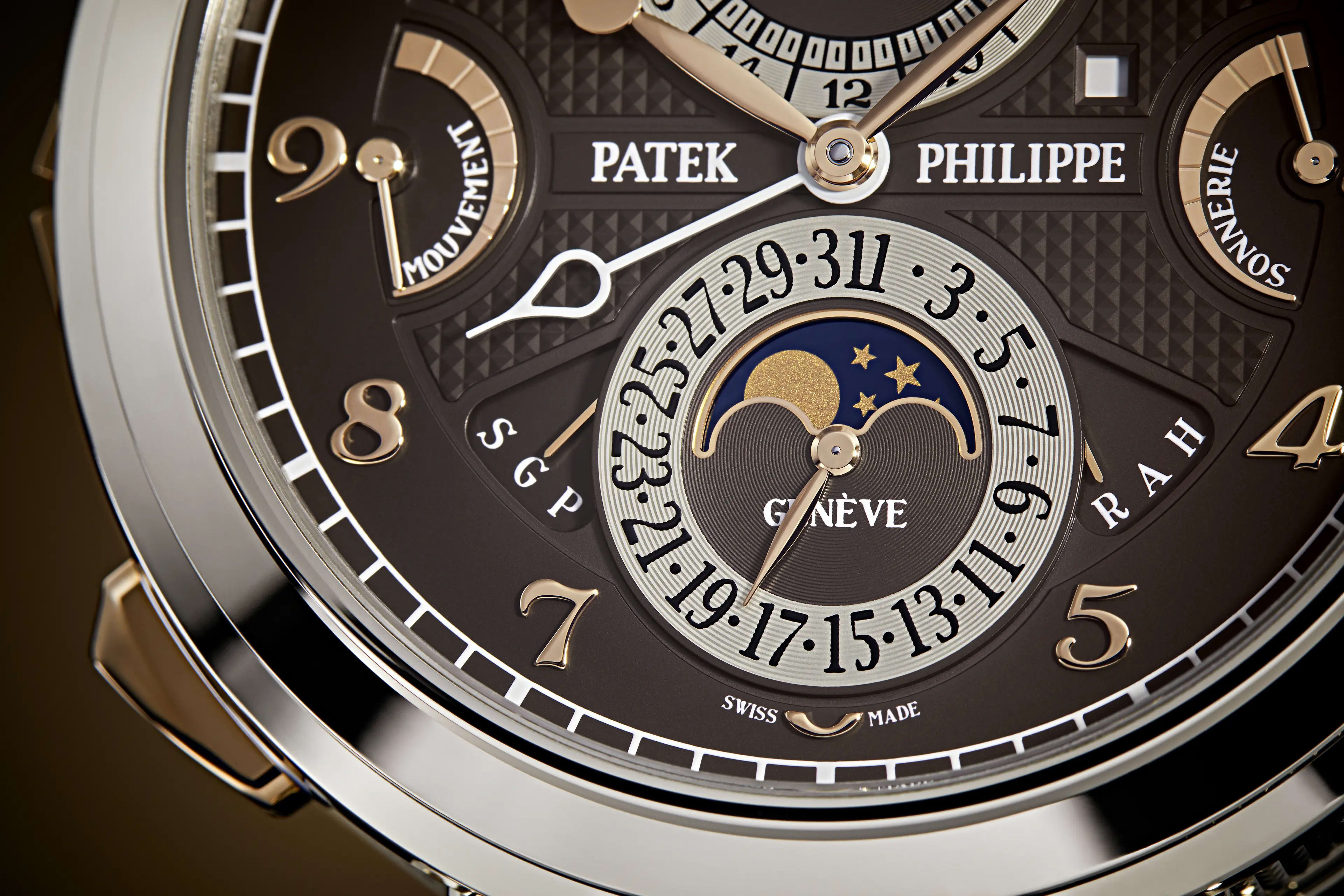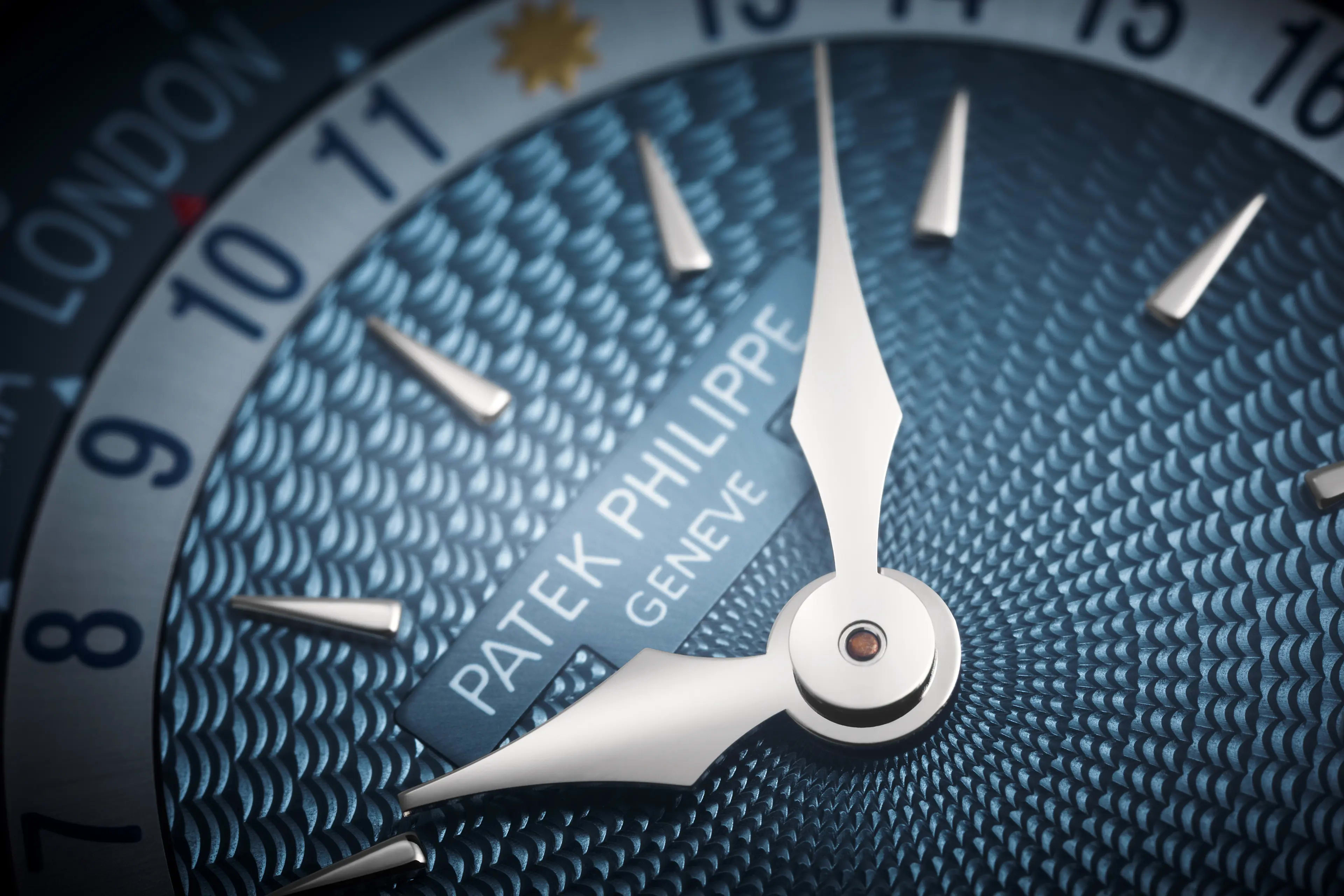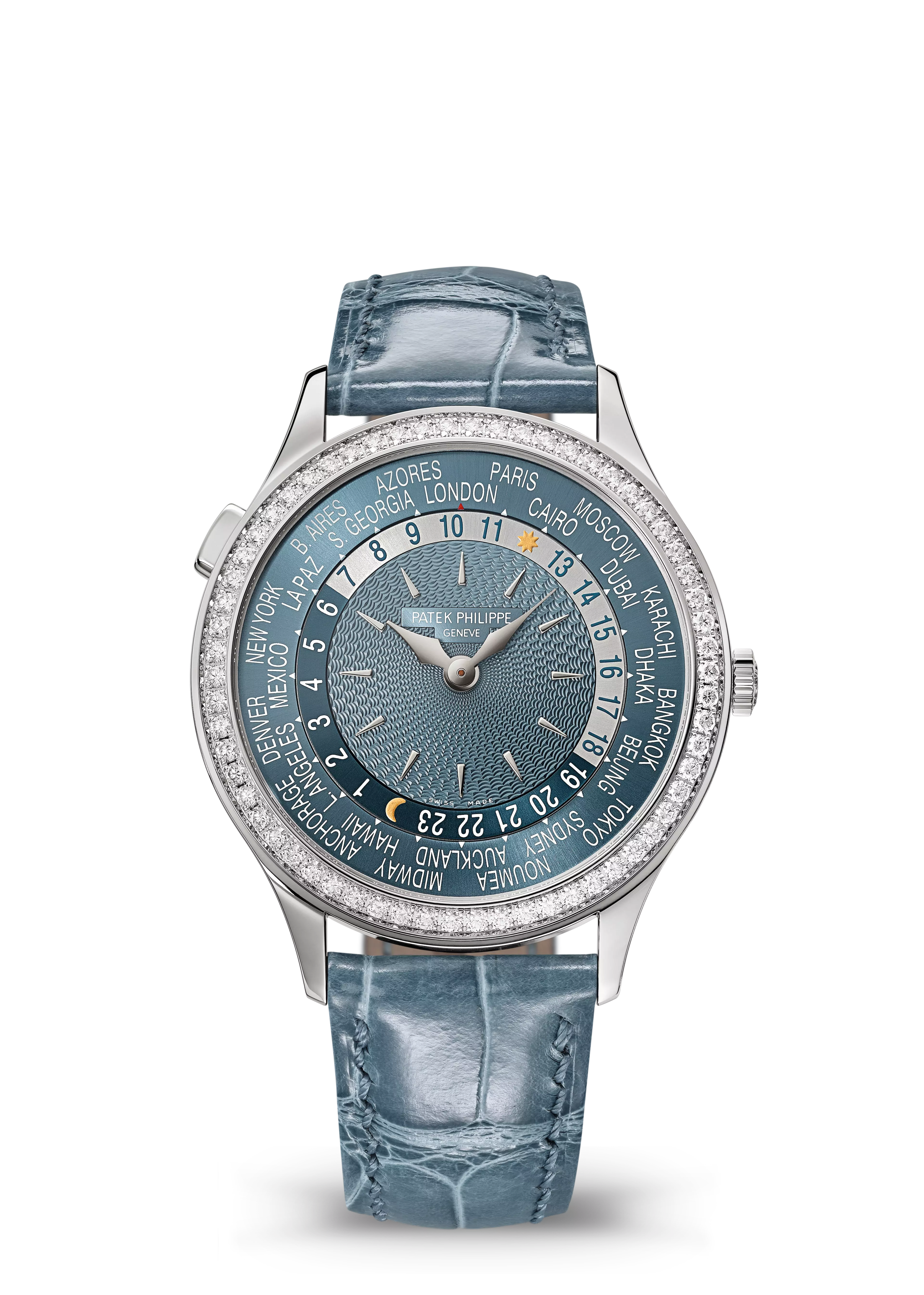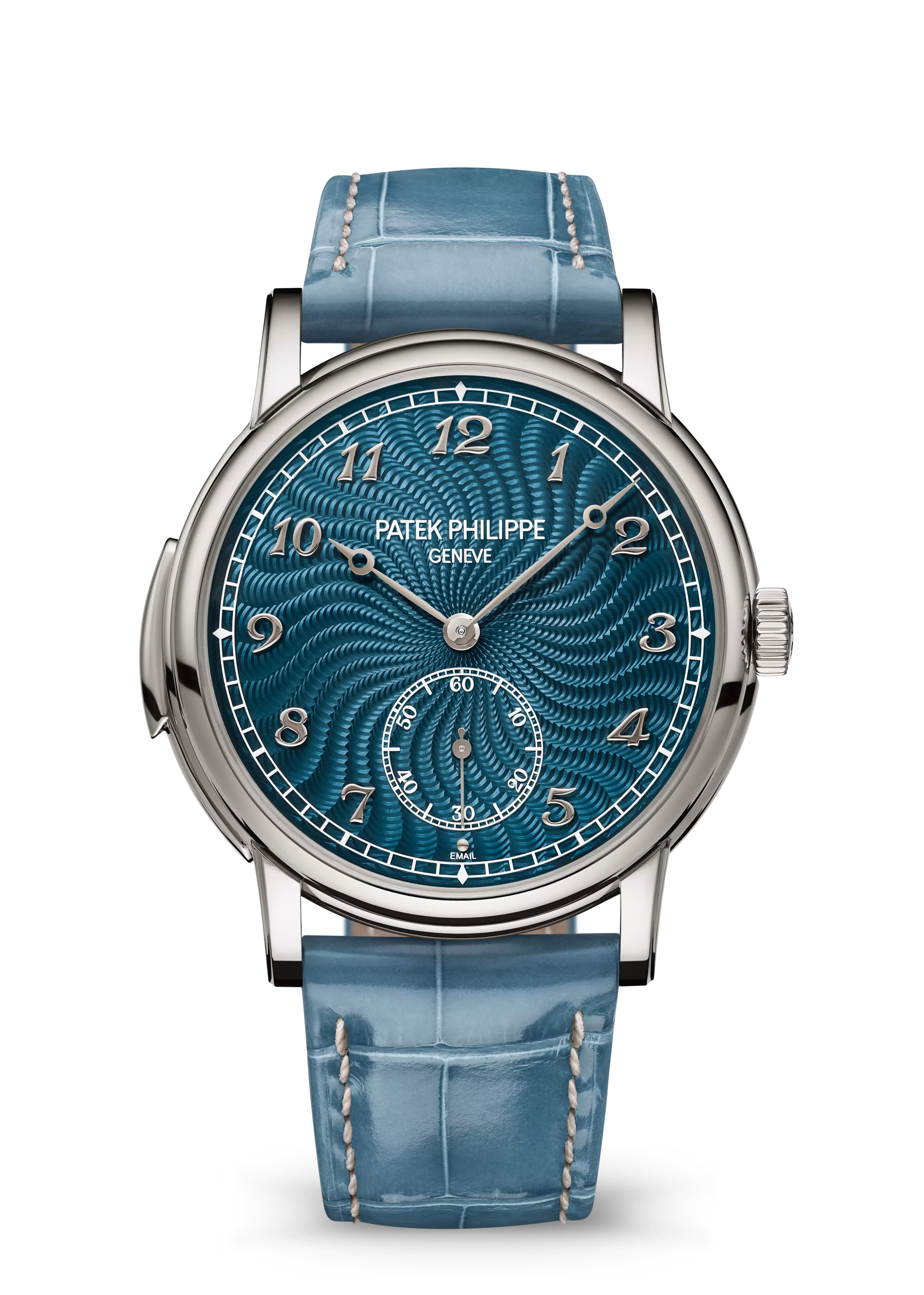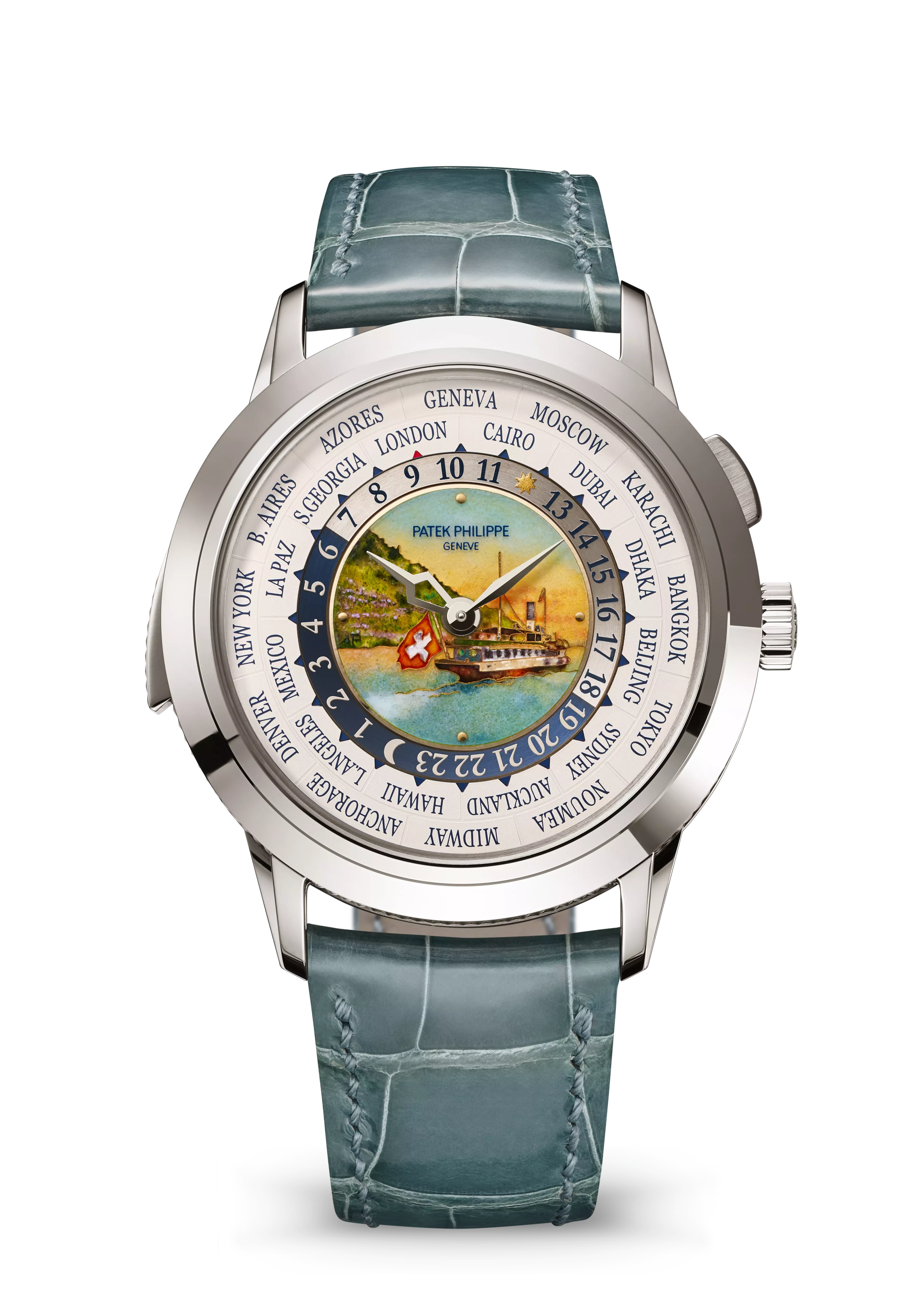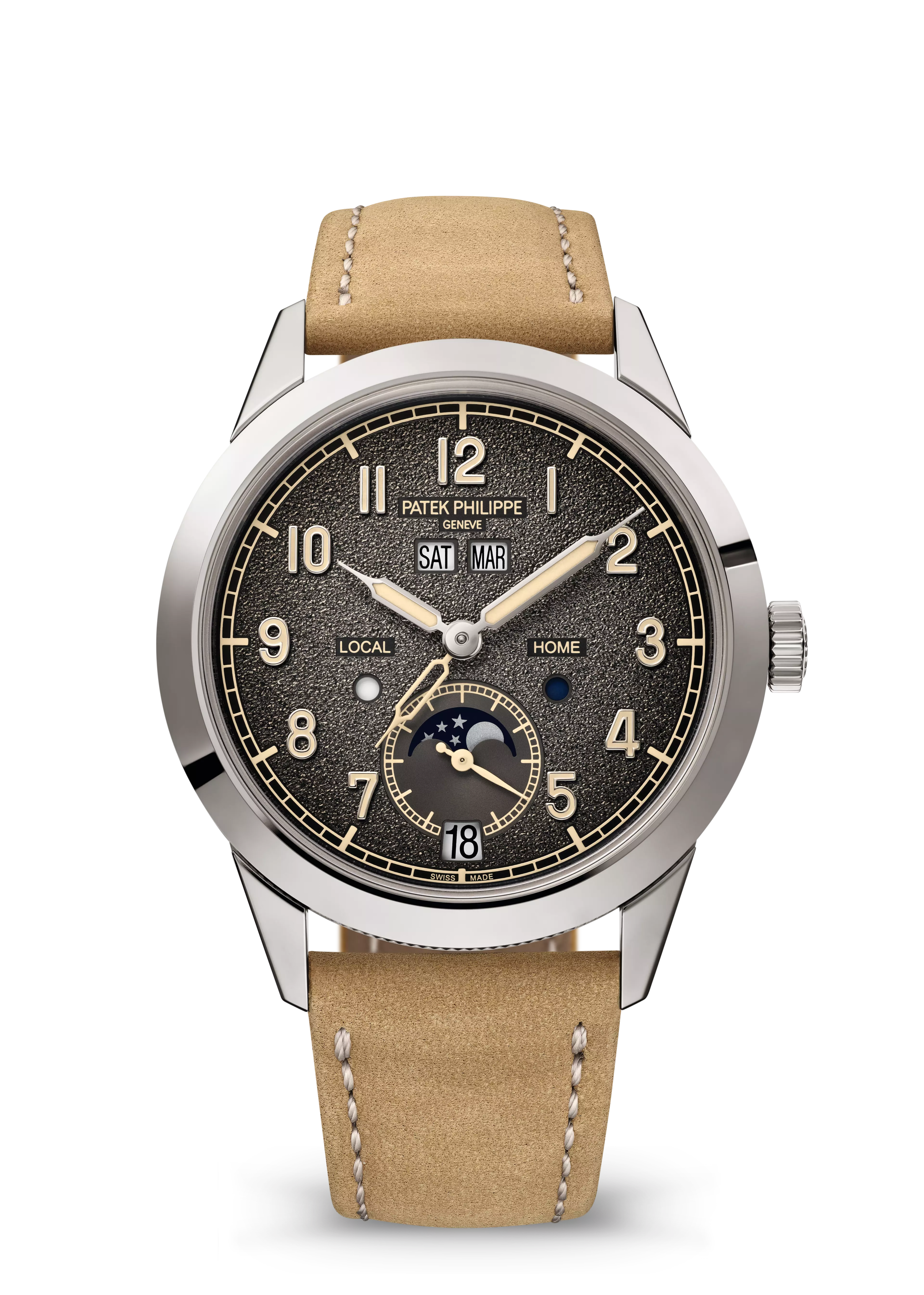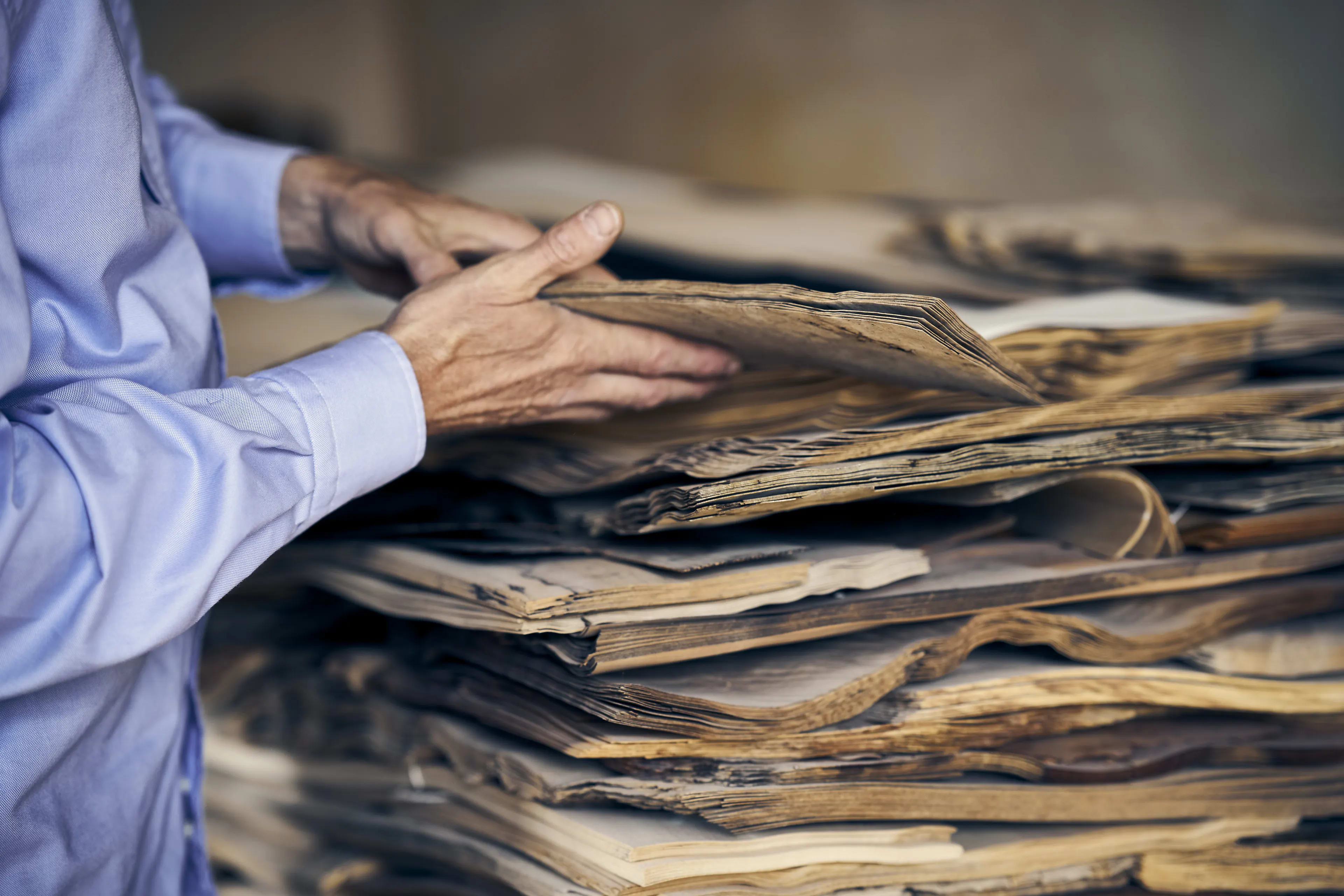artisans of time
the art of guillochage
the art of guillochage
Also known as guilloché work, guillochage is a decorative technique which, thanks to mechanical machines driven by human hands, offers the possibility of creating magnificent, very fine and regular engraved decorations on elements of our watches such as the dials, movements, cases, and bracelets.
the guillocheur’s tools
Born in the 16th century, guillochage particularly thrived in watchmaking in the 19th century. However, towards the end of the 20th century, it became at risk of extinction along with the artisans who knew how to use the traditional machines. Today, it is an art that is no longer taught but passed down from artisan to artisan.
guillochage techniques
Over time, guillocheurs, or engine-turners, have used different types of machines, modifying them where necessary in order to improve them or to create new motifs. The machines and methods used today are the same as two hundred years ago: by turning two cranks simultaneously, the guillocheur guides the chisel so that it traces furrows in the metal.
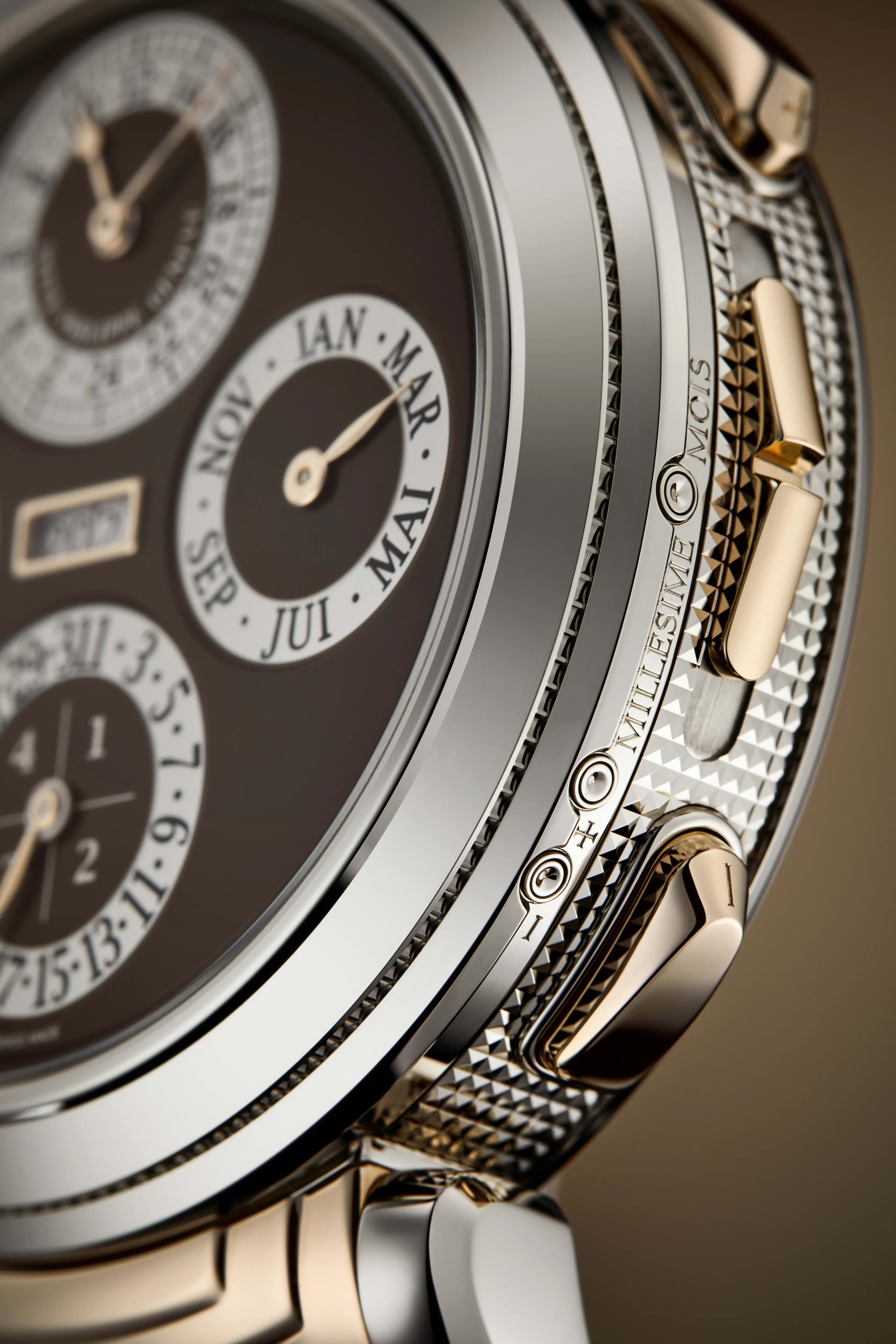
Straight-line engine
Using a straight-line engine, the guillocheur sweeps the components from left to right and uses cams which set the rhythm and dictate the formation of the motifs. The creation of straight lines can be intersected at any angle, and this technique is used, for example, on the majority of Clous de Paris decorations that adorn the bezel of some of our Calatrava watches.
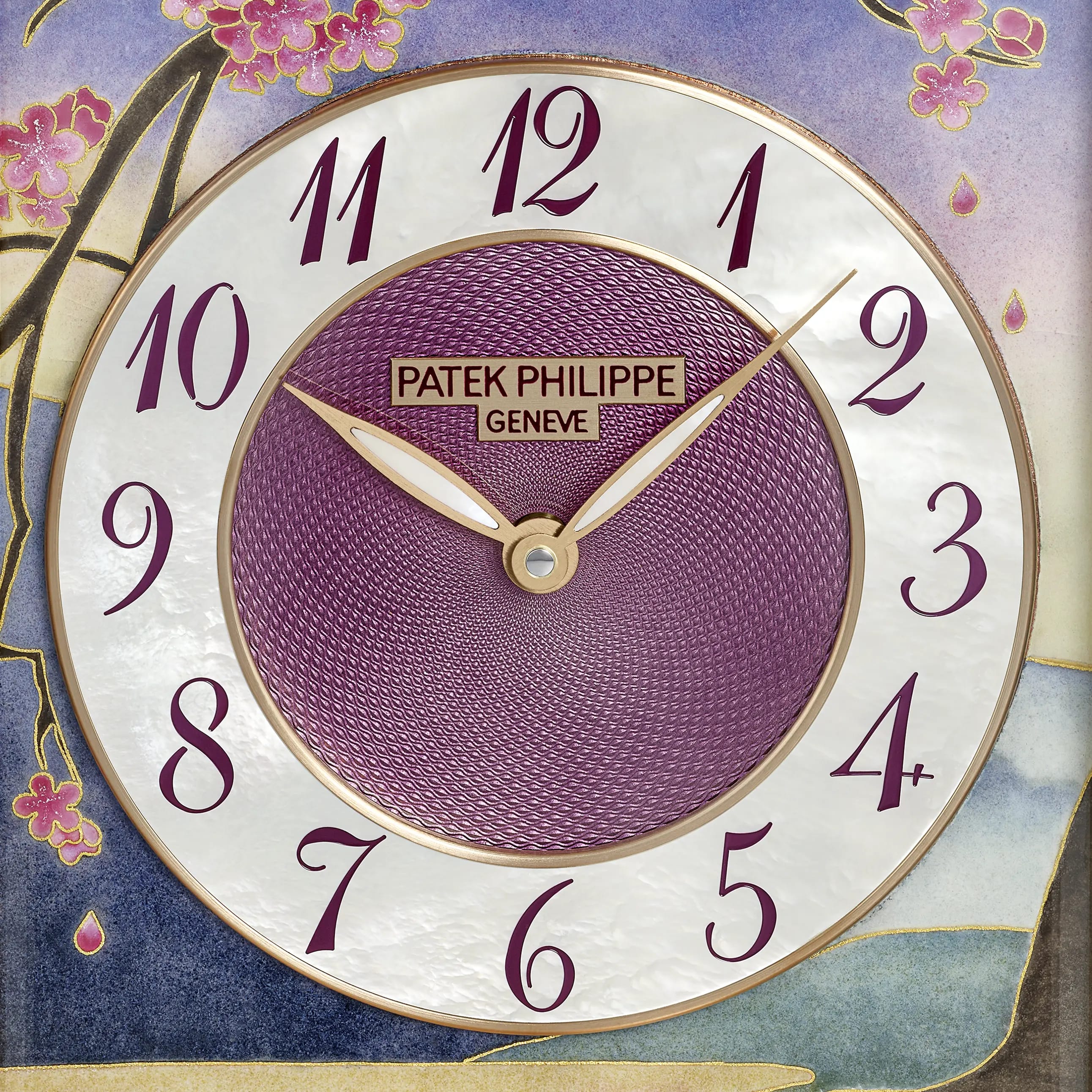
rose engine
The rose engine enables the creation of decorations with curved lines. The lathe is equipped with cams, called rosettes, used to give the number and shapes of the curves, providing scope for endless decorations. Rotation is ensured with one hand while the guillocheur operates the chisel in the other, with the greatest precision. The flinching lathes we use are exact copies of those displayed at the Patek Philippe Museum.
